Last updated on February 26, 2025
A film by Luca Guadagnino
With: Daniel Craig, Drew Starkey, Jason Schwartzman, Lesley Manville, Henry Zaga, Omar Apollo, Drew Droege, Ariel Schulman, Colin Bates, Simon Rizzoni
In 1950s Mexico City, William Lee, an American expat in his late forties, leads a solitary life amidst a small American community. However, the arrival in town of Eugene Allerton, a young student, stirs William into finally establishing a meaningful connection with someone.
Our rate: **



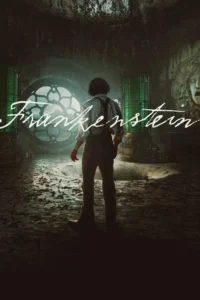
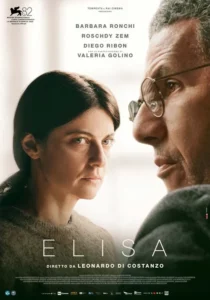

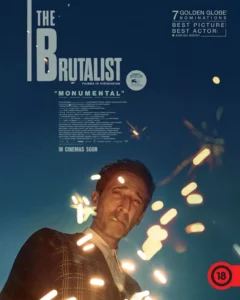
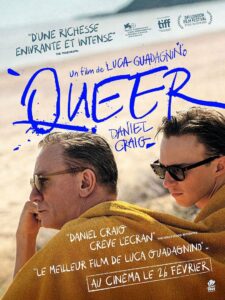
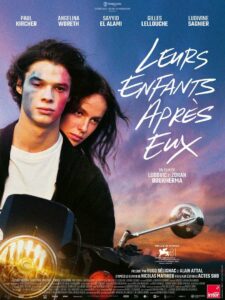

Be First to Comment